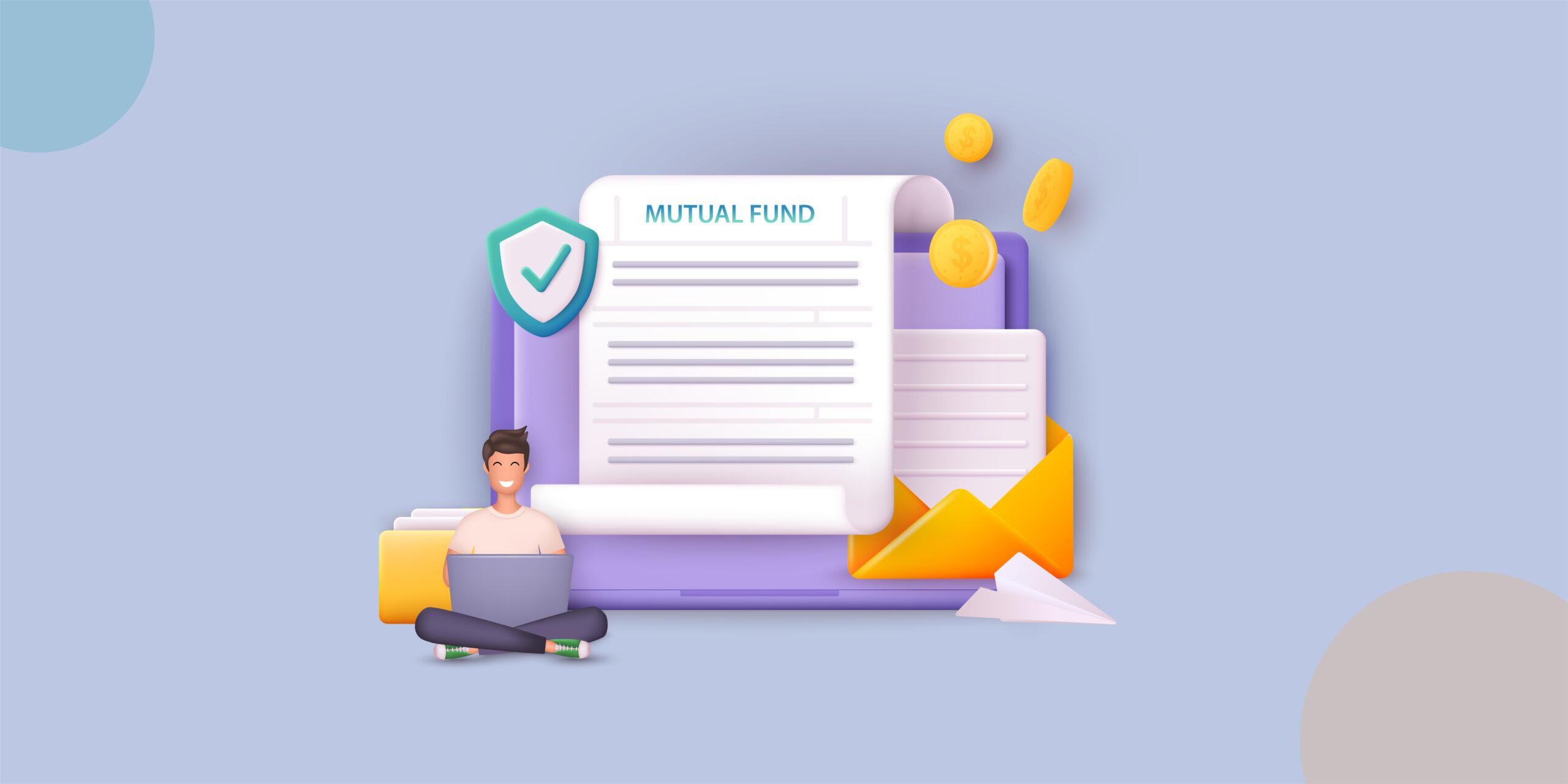
When it comes to building long-term wealth, investors often wonder whether to choose mutual funds or Portfolio Management Services (PMS) or both. While both are popular investment options, they cater to different investor segments, offer different levels of control and come with varying costs and returns. Let’s explore what each of them means, how they …
Continue reading “PMS or Mutual Funds – Which One is the Best?”

When investing in mutual funds, it’s crucial to ensure your investments are protected for your loved ones. One of the simplest ways to do this is by adding a nominee. A nominee acts as the legal custodian of your investments in the event of your unfortunate demise, ensuring a smooth transfer of units to your …
Continue reading “Mutual Fund Nomination: How to Add, Change or Update”

Investors are getting more concerned about how well companies can operate beyond monetary rewards. Factors like environmental responsibility, ethical treatment of stakeholders, and corporate governance are becoming equally important. ESG funds also identify with this change of direction. Wondering “what is ESG invest?” These are funds that target companies that are in line with particular …
Continue reading “What Are ESG Funds & Should You Invest in Them?”

Some investors prefer a broad spread across the market. Others like the idea of putting their money where their beliefs are. Thematic mutual funds cater to that second group. These funds stick to one main idea and choose companies that align with it. The theme could be something vast, like clean energy or more specific, …
Continue reading “What are Thematic Mutual Funds: A Brief Guide”

If you invest in mutual funds, you’ve probably received an account statement at some point. For many, it’s just another PDF in the inbox. But that file is more than a formality; it’s a snapshot of where your money stands today, how it’s grown and the transactions that got it there. Learning to understand the …

If you’re wondering whether liquid funds or FDs are better for your savings, the answer depends on how long you can set the money aside and whether you prefer flexibility or fixed returns. Liquid funds work better when you want quick access and market-linked returns, while FDs are more suited for those who prefer stable, …
Continue reading “Liquid Funds vs FD: Which One Should You Choose and Why?”

When you start looking at investment options, two terms tend to pop up quite often – NFO and IPO. They may seem similar because both involve a ‘first-time’ offer, yet the way they function is not the same. An NFO relates to mutual funds, while an IPO is tied to company shares. Once you understand …
Continue reading “NFO vs IPO: Key Differences You Should Know”

You can think of a fixed maturity plan like a train journey. It has a fixed start and end. You board once, stay for the entire ride and get off with your returns. It’s steady, predictable and not affected by every bump in the market. Perfect if you want your money to grow quietly in …
Continue reading “Fixed Maturity Plan Mutual Funds: All You Need to Know”

When a mutual fund holds assets that suddenly turn risky or become hard to sell, it can impact all investors in the fund. That’s where side pocketing comes in. It’s a way to separate the troubled assets from the rest of the portfolio. So, every day, investors aren’t affected by defaults or delays. Read on …
Continue reading “All You Need to Know About Side Pocketing in Mutual Funds”

Investing can be complicated for those starting out. With so many options to choose from – stocks, bonds, mutual funds, and more – deciding where to invest your money can be confusing. Fund of Funds (FOFs) aim to simplify investing. FOFs provide exposure to different assets and fund managers in one investment product. So instead …
Continue reading “Fund of Funds (FOFs): Meaning, Types, Advantages and Disadvantages”